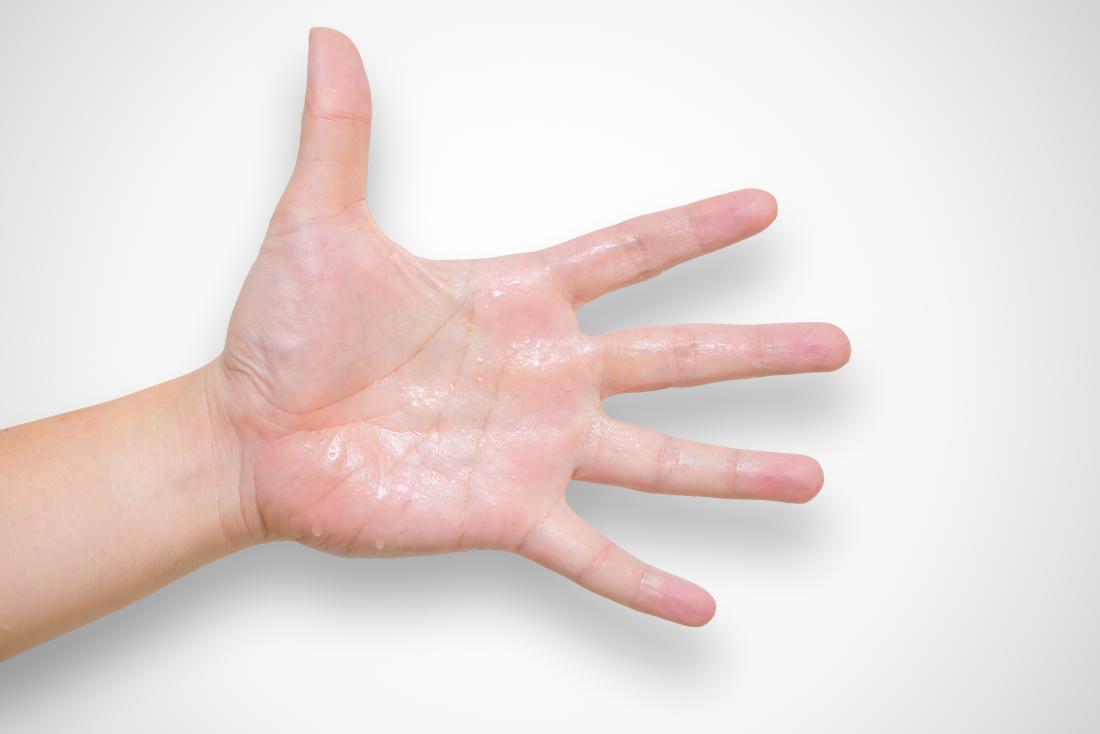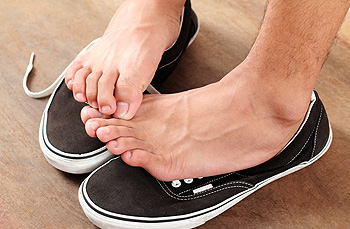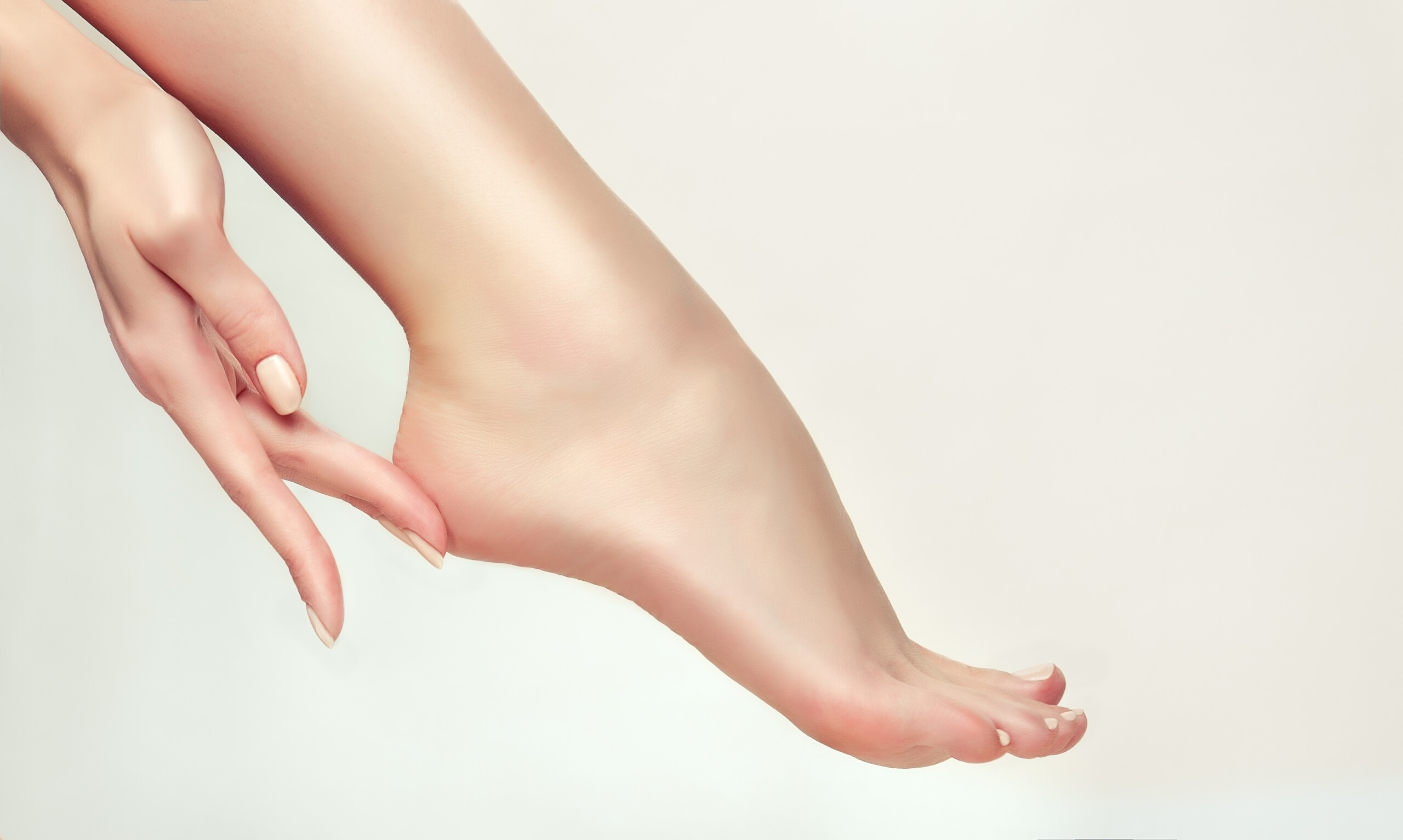Unveiling the Intricacies of Excessive Sweating: A Comprehensive Guide to Diagnosis and Administration
Too much sweating, clinically referred to as hyperhidrosis, is a problem that affects a considerable number of people and can have a profound effect on their high quality of life. While sweating is an all-natural physical feature, its overactivity in hyperhidrosis presents a special collection of obstacles that frequently go beyond simple pain. Recognizing the underlying reasons, recognizing the symptoms, and navigating the diagnostic process for hyperhidrosis can be elaborate jobs. In this extensive overview, we will certainly discover the intricacies of hyperhidrosis, from its medical diagnosis to the variety of treatment choices offered, clarifying reliable monitoring approaches for those coming to grips with this condition.

Comprehending Hyperhidrosis Causes
Hyperhidrosis triggers can be associated to various aspects such as genetics, hormonal discrepancies, and particular medical problems. Genes play a considerable role in primary focal hyperhidrosis, where individuals inherit the problem from their member of the family. This type of hyperhidrosis usually shows up in certain areas like the palms, soles of the feet, underarms, and face. Hormone discrepancies, particularly an over active thyroid gland or menopausal modifications, can likewise trigger too much sweating. Furthermore, specific medical problems such as diabetic issues, heart problem, and infections can cause additional generalized hyperhidrosis. These underlying health and wellness issues can interfere with the body's all-natural cooling system, creating the sweat glands to end up being over active. Understanding the source of hyperhidrosis is important in identifying and effectively handling this problem. By identifying the details aspects adding to too much sweating, doctor can tailor therapy strategies to deal with the underlying reason, providing alleviation and boosting the lifestyle for people impacted by hyperhidrosis.
Identifying Hyperhidrosis Effects

Furthermore, hyperhidrosis symptoms might manifest in psychological and social distress, as individuals may feel self-conscious or distressed regarding their sweating, resulting in evasion of social scenarios (Treatment for hyperhydrosis of hands). Additionally, repeated episodes of too much sweating can lead to skin maceration, fungal infections, and an overall decline in self-confidence
Diagnostic Refine for Hyperhidrosis
Starting the diagnostic procedure for excessive sweating entails complete assessment of the person's case history and health examination. Asking about the onset, duration, and causes of sweating episodes is vital to distinguish in between key focal hyperhidrosis and secondary generalized hyperhidrosis. Case history needs to also include questions about medicines, clinical conditions, and family background of hyperhidrosis.
During the health examination, particular interest is paid to the locations impacted by sweating. The health care supplier might assess the degree of sweating, check for indicators of underlying problems, and evaluate the effect of sweating on the individual's high quality of life. In addition, certain examinations like the gravimetric examination, starch-iodine examination, or skin conductance measurements might be performed to quantify the amount of sweat created.
In addition, in cases where secondary hyperhidrosis is thought, extra examinations such as blood examinations, pee examinations, and imaging researches might be recommended to determine the underlying cause of extreme sweating. The diagnostic process aims to properly identify company website the type and reason for hyperhidrosis to guide appropriate management strategies.
Therapy Alternatives for Hyperhidrosis
When addressing too much sweating, numerous treatment choices are available to reduce symptoms and improve the person's lifestyle. The treatment strategy for hyperhidrosis relies on the extent of signs and symptoms and the individual's reaction to initial treatments.
Topical therapies, such as aluminum-based antiperspirants, are commonly recommended as the initial line of defense for taking care of moderate instances of hyperhidrosis. For individuals with extra severe signs and symptoms, dental medications like anticholinergics might be prescribed to help reduce sweating.

Effective Management Strategies
To efficiently manage hyperhidrosis, a detailed and customized therapy plan tailored to the client's specific demands and reaction to previous therapies is vital. This strategy may incorporate a mix of healing strategies, consisting of way of life adjustments, topical treatments, dental drugs, botulinum toxin shots, iontophoresis, and in extreme situations, surgical treatments like gland removal or sympathectomy. Way of living adjustments such as putting on moisture-wicking clothing, making use of antiperspirants, and exercising stress-reducing methods can complement clinical treatments. Topical antiperspirants including aluminum chloride are usually the first-line treatment, with more powerful formulations readily available for resistant cases. Dental medicines like anticholinergics may be prescribed for generalised hyperhidrosis. Botulinum toxin shots work for focal hyperhidrosis, providing momentary alleviation visit the site by blocking the launch of acetylcholine. Iontophoresis, involving using a low electric current to lower sweat gland task, can be helpful for both palmoplantar and axillary hyperhidrosis. Surgical options are commonly scheduled for severe, refractory instances and need mindful consideration of advantages and risks. A multidisciplinary strategy involving skin doctors, health care physicians, and, if required, surgeons, can enhance the monitoring of hyperhidrosis.
Conclusion
In verdict, hyperhidrosis is a condition defined by extreme sweating, which can greatly influence an individual's top quality of life. With correct diagnosis and management strategies, people experiencing from hyperhidrosis can find alleviation and improve their general wellness.
Too much sweating, clinically understood as hyperhidrosis, is a condition that impacts a significant number of individuals and can have a profound Extra resources effect on their quality of life. By identifying the specific factors contributing to extreme sweating, healthcare carriers can tailor therapy strategies to resolve the underlying cause, providing relief and boosting the high quality of life for people impacted by hyperhidrosis.
Hyperhidrosis, identified by excessive sweating beyond what is needed for controling body temperature level, can substantially affect an individual's high quality of life. Asking concerning the onset, duration, and triggers of sweating episodes is crucial to differentiate in between key focal hyperhidrosis and second generalized hyperhidrosis. Treatment for hyperhydrosis of hands and feet.In final thought, hyperhidrosis is a problem identified by excessive sweating, which can considerably impact a person's high quality of life